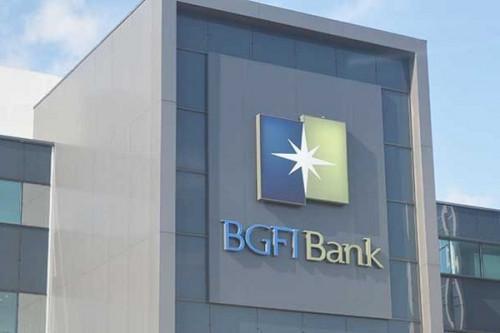São Tomé moves closer to capital-market era
BGFI Holding plans a regional stock-exchange listing within 18 months, underscoring São Tomé & Príncipe’s financial-sector reform drive amid easing inflation (MSCI FM, BVMAC).

São Tomé & Príncipe’s financial system took a symbolic step toward market modernization after BGFI Holding announced plans to list part of its regional operations on a stock exchange within the next 18 months. The declaration, carried by state press agency STP-Press, follows a shareholders’ meeting in which the Gabon-based banking group reiterated confidence in the archipelago’s financial stability and ongoing reforms to attract offshore investors.
BGFI’s management stated that preparatory work with regional regulators and external advisers is underway to determine whether the listing would occur in Libreville or Abidjan, both members of the Central African Stock Exchange (BVMAC) network. The move would mark one of the first cross-border financial-sector listings involving São Tomé & Príncipe, which has traditionally relied on bilateral credit lines and donor funding rather than capital-market issuance.
The bank’s local balance-sheet growth has mirrored the country’s broader macroeconomic stabilization. Central-bank data show domestic credit expanding 8 % y/y in 2024, while non-performing loans eased to 11 % of total assets from 14 % two years earlier. Inflation, once above 13 %, fell to 7.2 % by mid-2025 as tighter monetary operations and donor inflows supported the dobra. Foreign reserves stood at roughly 4.1 months of import cover, offering moderate external-buffer resilience.
BGFI’s chairman highlighted that a public listing would “democratize ownership and enhance governance discipline,” echoing the African Development Bank’s recent call for small economies to deepen equity financing. Market analysts note that regional peers such as Ecobank Transnational Incorporated and BGFIBank Gabon trade at price-to-book ratios near 0.9–1.1 times, suggesting the group’s valuation could reach between US$650 million and US$800 million under conservative assumptions.
For São Tomé & Príncipe, the development coincides with a government initiative to establish a financial-market framework compatible with WAEMU and CEMAC standards. Draft legislation under review by the Finance Ministry would permit issuance of Treasury bills and corporate instruments in local currency, overseen by a new Capital Markets Authority. Officials expect pilot auctions before 2026.
The prospective listing also reinforces regional confidence amid subdued investor sentiment in frontier markets. With frontier-bank indices such as MSCI FM stabilising and sovereign yields across the region compressing by 30–50 basis points since Q1 2025, BGFI’s timing could prove advantageous. Analysts caution, however, that limited liquidity and foreign-exchange convertibility remain structural hurdles for micro-economies like São Tomé & Príncipe.
Should the listing proceed, it would mark a watershed moment for the island state’s integration into continental finance, signalling that even the smallest African economies can participate in public-market capitalization when macro fundamentals align and regulatory credibility is sustained.





